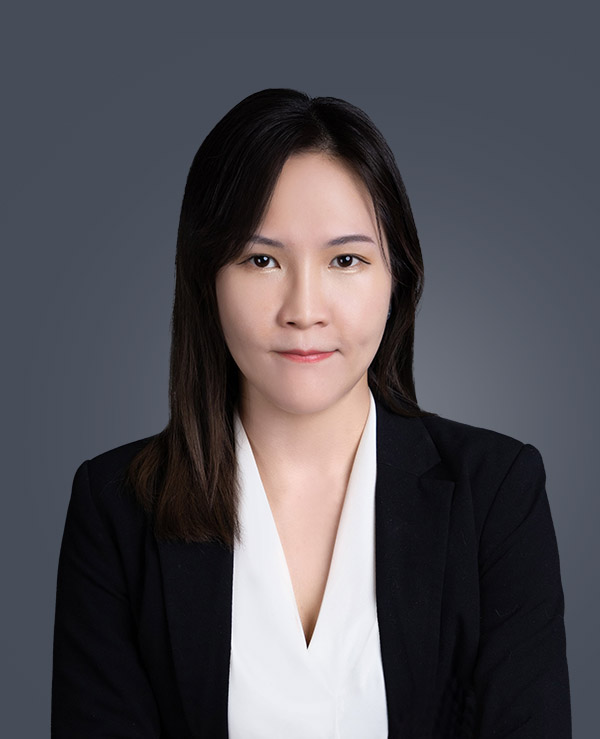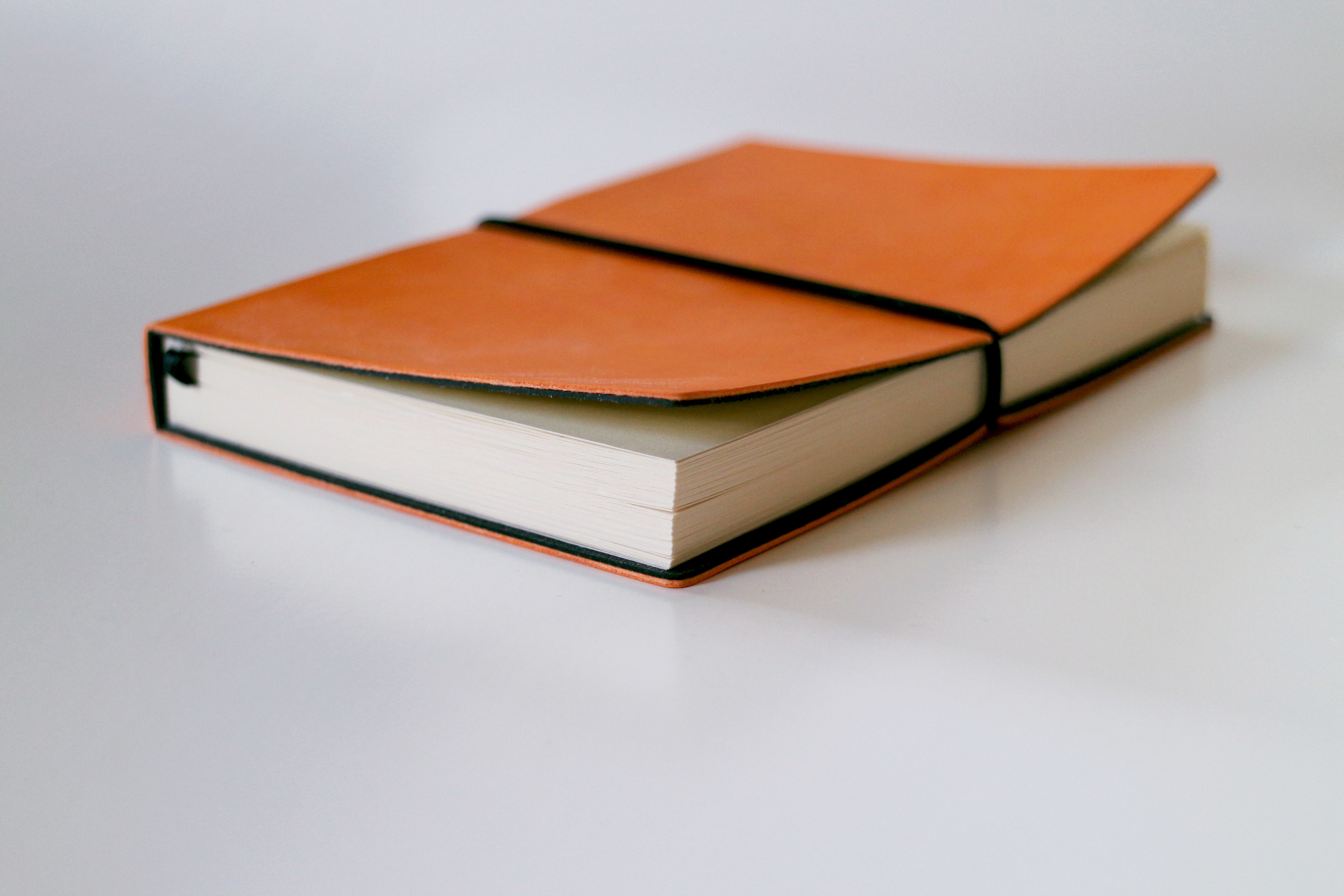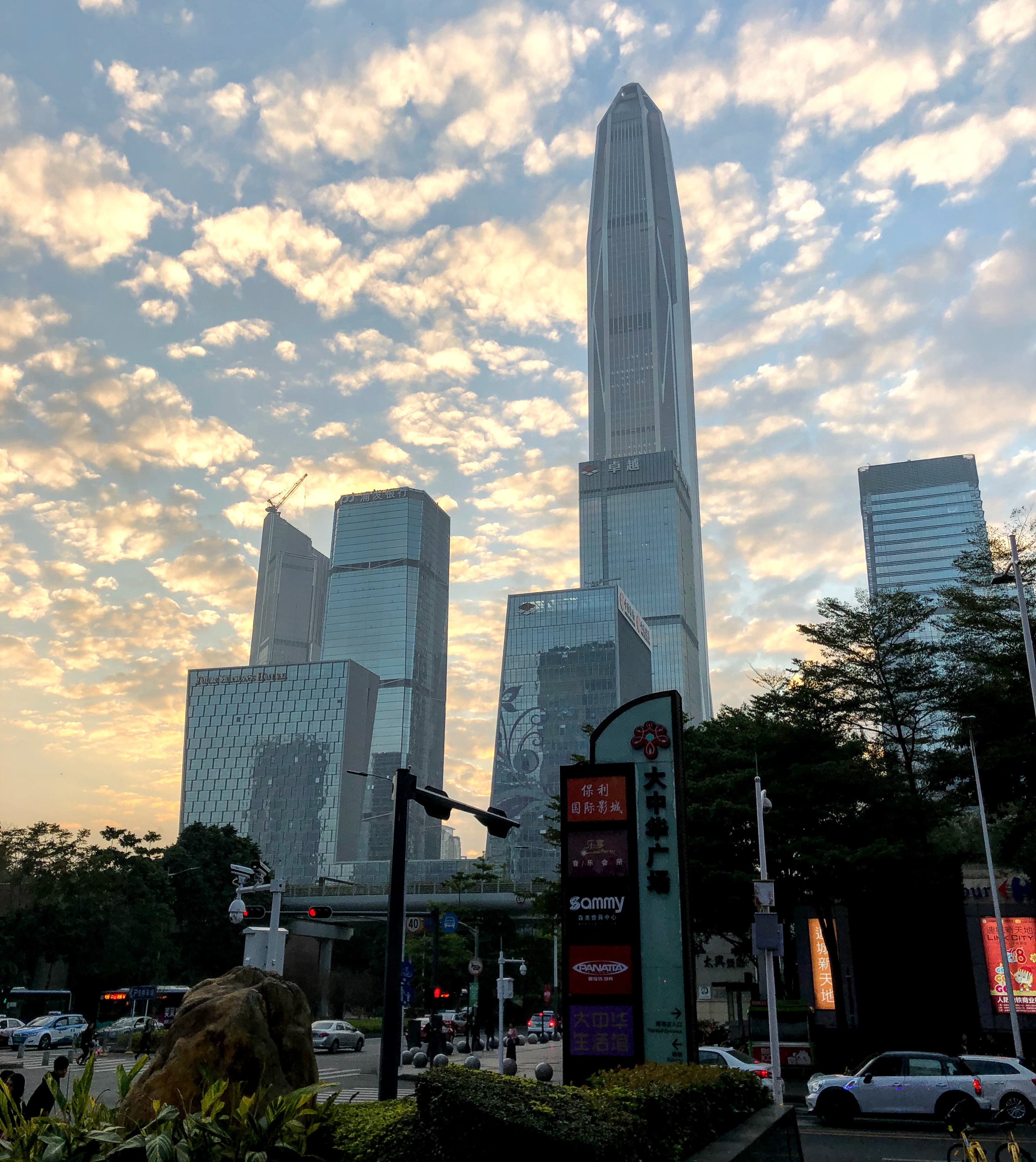What does an invention “completed” in China mean?
China and the US are similar in that both countries highly value national security, and thus have rules regulating the exportation of technology and information from within their borders. This includes new inventions that arise from within their respective borders.
As such, both governments require inventors who create IP within their borders to obtain approval by requesting a foreign filing license (or “confidentiality examination request“ in Chinese) before they can file a patent application in a foreign jurisdiction first (i.e., “export” the “technology”). In China, “inventions or utility models, of which the substantive content of the technical solution is completed within the territory of China”[1] are subject to the foreign filing requirements stipulated in Article 19 of the Patent Law.
“Within the territory of China” is relatively straightforward to understanding (though even that has a gray area. For instance, Hong Kong and Macau are not included). However, what would be considered an invention with substantive content of technical solution made in China?
Recently, the CNIPA handed down the first ever successful invalidation challenge based on Article 19 (Invalidation No. 55586). In this decision, Chinese granted patent was ruled invalid because it was “completed in China” but not filed in China first. Let’s take a further look at the details…
Case Details
Patent Owner | “Jiecang” (Zhejiang Jiecang Linear Motion Technology Co Ltd) |
Title | Telescopic transmission assembly and lifting column using same |
CN Patent No. | 201720389490.8 (“the ’490 patent”) |
CN Filing Date | 14 Apr 2017 |
CN Priority Date | 10 Jan 2017 |
US Application No. | |
US Priority Date | 20 Dec 2016 |
The applicant Jiecang is a listed company in China that specializes in the linear actuator industry and conducts R&D on various medical, industrial, and home equipment. In this case, Jiecang filed its first application (US62/436,730) in the US just weeks earlier (20 Dec 2016) than “the priority application” was filed in China (10 Jan 2017), both with the same applicant and inventors listed.
On 25 Nov 2021, an individual petitioner (Xiaozhong Yuan) submitted an invalidation request for Jiecang’s ‘490 patent. The petitioner raised the reasonings below:
- The ‘490 patent was made in China but filed in the US first without authorization
- The ‘490 patent should not enjoy the claimed priority to the earlier Chinese application filed on 10 Jan 2017
- The claim scope is unclear
- All claims lack inventiveness
The Re-examination Board of the CNIPA (the “Board”) determined that the US priority application and the Chinese priority application shared identical technical solutions, and there was no confidentiality examination request in the filing history of ‘490. To the question whether there was a violation of Article 19, the key was to determine where the substantive content of ‘490 was “completed”.
Is Conception of an Invention in the US Sufficient?
Jiecang argued that the invention was made in the US by the first inventor, Renchang Hu, who travelled to the US for 10 days shortly before filing the US provisional application. However, no evidence was provided to show that Jiecang owned any production facilities in the US at the time of filing the US provisional application.
The Board was not convinced that the invention was completed during that short period of travel because the Board did not think it was possible to overcome the technical barriers in the relevant field without such production facilities. Considering that all Jiecang’s facilities were located in China, the Board concluded that the invention had been completed within the territory of China.
The Other Chinese Inventors
Furthermore, evidence sourced from the internet showed that the ‘490 patent was an employee-invention and the other three inventors were Chinese residents. Without proof showing that the other inventors had travelled to other countries prior to filing the US application, it was safe to assume that these employees had done their service in China. As a result, the Board concluded “there was a high probability that the substantive content of the invention was completed in China” based on the evidence. The burden of proof was on the applicant to show otherwise.
Ruling: Patent is Invalid
The Board declared the ‘490 Patent invalid entirely based on the Article 19 violation because of the unauthorized foreign filing, and the invalidation proceeding was concluded without further examination of the clarity or inventiveness issues.
EIP Thoughts: what is “Made in China”?
The case above does give us some insights to the question we asked in the beginning: what is considered an invention “made in China”?
Under Chinese patent law, inventors are those “who creatively contribute to the substantive content of the invention-creation.”[2] If we purely use principles of inventorship, then the answer seems straightforward. Three out of the four listed inventors were physically in China, and the production facilities were all in China. It seems quite clear that at least a portion of the invention was invented in China. The fact that all the inventors resided in China and never left China further served as prima facie evidence of an invention made in China.
Under US concepts of inventorship, “conception” and “reduction to practice” are two separate concepts, and it’s quite possible to fully conceive of an invention in the mind, and then reduce it to practice later. Sometimes, those who only help reduce an invention to practice are not considered inventors.
In China, similar principles seem to be taking root. In this case, the Board did not consider the first inventor’s “conception” in the US to be complete due to the short travel period and the need for the use of production facilities to “complete” the invention. There was also no proof that the three other inventors had travelled and completed the “conception” outside of China.
However, for the sake of argument, let’s assume the three other “inventors” were actually just a “pair of hands”, and merely carried out the reduction to practice of a fully formed idea conceived by the first inventor (who thought of it all while in the US). In that case, we would need to consider whether the reduction to practice steps were needed to determine the full scope of the invention, i.e. to “complete” the invention. However, whether the invention requires the “reduction to practice” in order to formulate the full scope of an invention (i.e. to “complete” the invention) appears to be dependent on what the actual technical solution of the invention is, which would need to be determined on a case-by-case basis.
The key message in this case appears to be the Board’s comment about the technical barriers that Jiecang would have encountered because of the lack of production facilities in the US. This is why the Board would rather believe that the invention was completed in China—the place with the necessary production facilities to test out the method parameters to fully determine the real scope of the invention (i.e. fully realize the conception of the invention).
Would this imply that, if the invention itself did not require production at all, there would have been no such technical barrier, and the Board would have potentially accepted the “not made in China” argument because the “reduction to practice” steps were not needed to determine the full scope of the invention?
Perhaps. In this case however, it really appears that all four inventors (together with the work done at the production facility), were needed to arrive at the technical solution outlined in the claims. It was difficult for the patentee to show that the three listed inventors in China should not be inventors. The judge was actually quite reasonable in this case, and the patentee was really at fault for not requesting security clearance right at the beginning.
Red Flags for Companies doing work in China
This case at least confirms that patents can be invalidated in China on the grounds of failing to obtain security clearance.
This case certainly should raise red flags to any company that has employees residing in China or carries out R&D or production activities in China (including with CROs). The Board here eventually considered such facts to be prima facie evidence of inventions “completed in China” and the patent owner has the burden to prove otherwise.
However, having inventors who are Chinese residents is not enough for a prima facie case. In a previous case (Invalidation Decision No. 36667), the Board confirmed that a conclusion for whether an invention was “completed in China” could not simply be based on the fact that the inventor has a residence address in China.
While the Board in this case seemed to agree with the previous standard, it did not scrutinize whether the work done by the named inventors in China actually contributed to the overall inventive concept of the claims. At the most, the Board focused on the location of the production facilities. As for the other inventors, the burden of proof is on the patentee to show that those three other listed inventors did not complete the invention in China. As such, the standard for “completed in China” in this case could encompass a wider net of inventions than those covered using US inventorship standards; or at least the burden of proof seems to be more difficult to overcome.
Scrutinize Inventor Lists
Many people believe inventor lists are treated more casually in China because they typically do not impact ownership as much as they would in the U.S. This is partly because most company inventions are automatically owned by employers due to Chinese patent law provisions regarding employee-inventions.
Furthermore, in practice inventors are rarely removed from a Chinese patent application after filing, even if claim scopes change during prosecution. As a result, it’s quite possible that the list of inventors originally listed on a patent application is not commensurate with the list of people who actually contributed to the claims in the issued patent.
This case shows that the accuracy of the inventor list is very important and can raise potential export control issues if not handled in a rigorous way.
First, it’s very important to conduct an accurate inventorship determination to identify any potential inventors physically located in China. Failure to do such diligence will raise the risk of foreign companies falling afoul these export restrictions.
It’s also important to re-visit inventorship at the time of patent grant, to ensure that the amended inventor list accurate reflect the list of people who contributed to the issued claims. Amending claims to separate out claims that were “completed in China” and claims that were solely invented outside of China could be a way of “saving” certain patent applications (who didn’t initially file for security examination) from ultimate invalidation.
As can be seen in this case, the burden is on the patentee to show that the listed Chinese inventors did NOT complete the invention in China, which can be difficult if they are Chinese residents, did their work in China, and there is no evidence to the contrary. It’s much easier to obtain security clearance first, or at least amend the inventor list to be accurate to reflect the actually granted claims.
Prosecution Tips
From a prosecution standpoint, foreign companies wanting to file outside of China first should strongly consider requesting security clearance (obtaining a foreign filing license) if they have any research facilities in China or if any of the inventors are Chinese residents or mainly in China during the invention period. At this point, it’s still hard to determine where the line between invention “invented in China” and invention “completed in China” really stands, so it’s still better to be safe. Such requests typically take 1-4 weeks to process, and thus cannot be done easily last minute.
Another Pathway to Invalidation
From a litigation standpoint, Article 19 is a potentially “easy” way to invalidate a patent in certain fields, considering how the Board accepted evidence that was very much attainable online for free and established conclusions based on a presumed fact that they thought had a high probability to be true (i.e., the invention was made in China) without having to scrutinize inventorship extensively.
Looking Ahead
As China Patent Law continues to develop, we hope more cases like this one will further elucidate exactly what are the standards for determining whether an invention is “made in China.” For now, it’s of utmost importance to take precautions such as requesting for confidentiality examination and obtaining a foreign filing license before filing outside of China first!
This article is for general informational purposes only and should not be considered legal advice or a legal opinion on a specific set of facts.
-
Rule 8, Implementing Regulations of the Chinese Patent Law. ↑
-
Rule 13, Implementing Regulations of the Chinese Patent Law. ↑
About the Authors

Jennifer Che, J.D. is Vice President, Principal, and a US Patent Attorney at Eagle IP, a Boutique Patent Firm with offices in Hong Kong, Shenzhen, and Macau.

Audrey Cheung is a Patent Technology Specialist at Eagle IP, a Boutique Patent Firm with offices in Hong Kong, Shenzhen, and Macau.

Yolanda Wang is a Principal, Chinese Patent Attorney, and Chinese Patent Litigator at Eagle IP, a Boutique Patent Firm with offices in Hong Kong, Shenzhen, and Macau.





